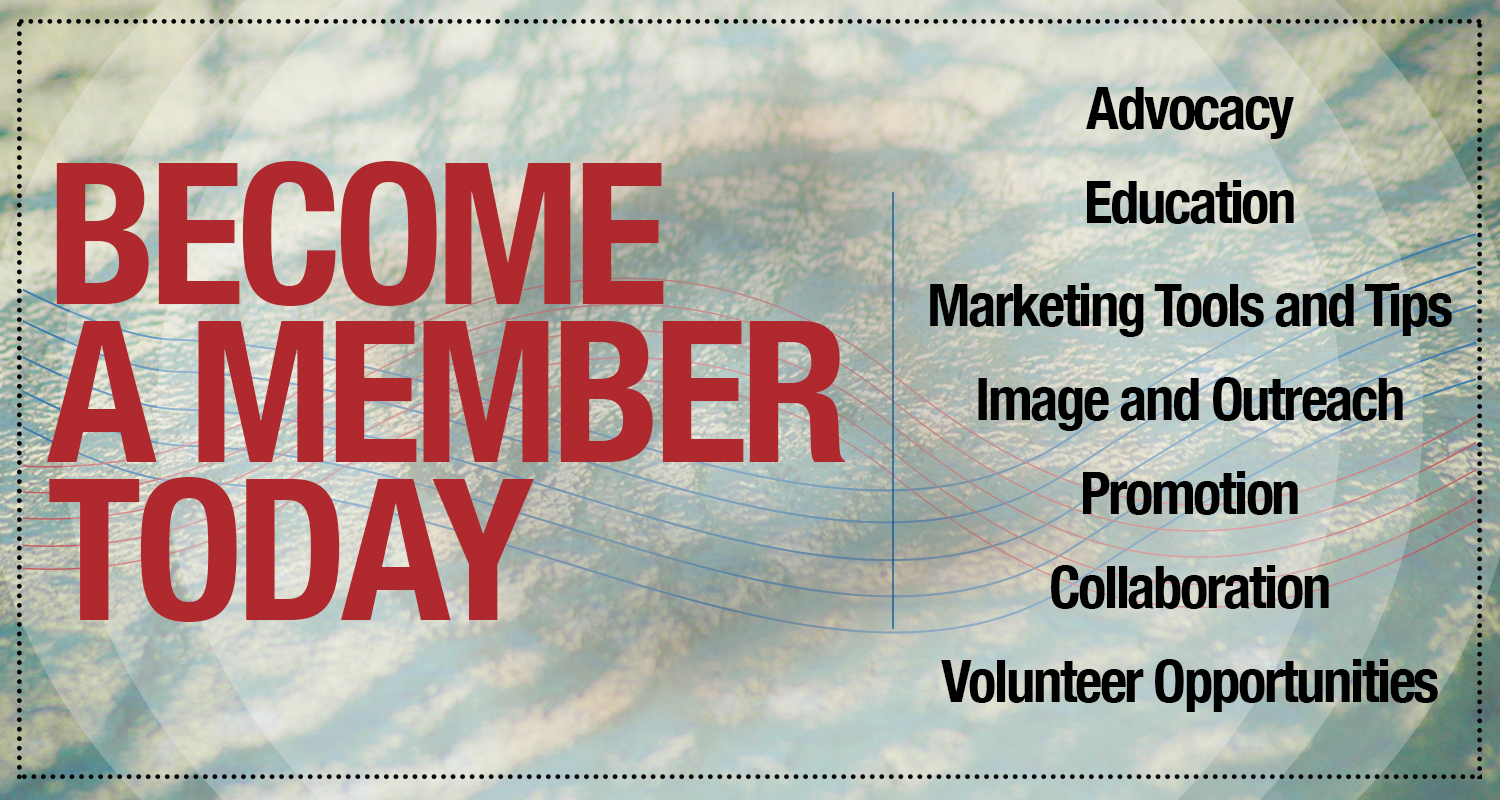Clinicians must be equipped and ready to be culturally responsive when working with individuals from culturally diverse groups in clinical settings and during professional engagement with colleagues. Becoming culturally responsive requires an evolving sense of understanding and acceptance of diversity, equity, and inclusion as well as their importance to clinical and professional interactions. This session will review the continuum towards cultural humility, the difference between equality and equity, and the influence of implicit bias on clinical decision-making. Challenges and opportunities in service delivery to culturally diverse individuals will also be discussed. Attendees will also leave with a greater understanding of ways to implement culturally responsive practices that can be applied in clinical settings and professional interactions.
Time Ordered Agenda:
5 – Introductions & Disclosures
10 – Importance of this session
15 – Understanding Diversity, Equity, and Inclusion
10 – Application to service delivery & professional relationships (challenges and opportunities)
10 – Understanding Related Terminology (i.e., bias, microaggressions, and stereotypes)
10 – Cultural Humility Continuum
10 – Application to service delivery & professional relationships (challenges and opportunities)
5 – Strategies to implement culturally responsive practices in a clinical setting
5 – Strategies to implement culturally responsive practices in professional interactions
10 – Discussion
Learning Objectives:
By the end of this session, participants will be able to:
- Explain the difference between cultural competence and cultural humility.
- Explain the difference between equity and equality
- Identify challenges and opportunities in service delivery to culturally diverse populations.
- Describe ways to implement culturally responsive practices that can be applied in clinical settings and professional interactions.



